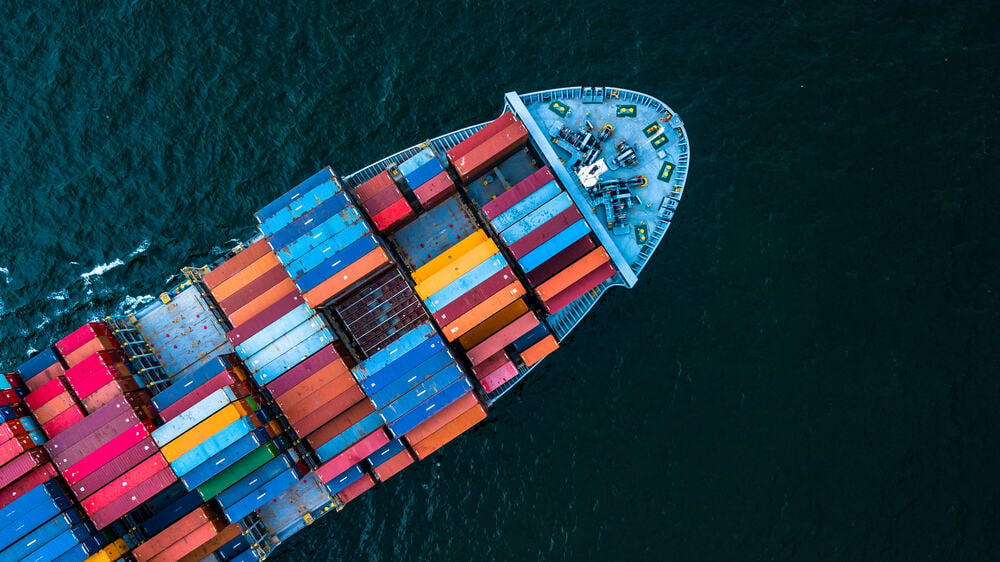Overall volumes of containerized exports have decreased by 10% between January 1st and July 15th in comparison to last year.
Most of this decrease was the result of some Asian nations’ banishment of waste products and trade wars. As we get close to last quarter of 2019, what we should expect? There are two major challenges that will be directly affecting the shipping industry in the following 3 to 6 months.
The first challenge is the 10% tariff on $300 billion worth of products, in addition to previous tariff waves, as well as China’s final suspension on U.S. agri-products. This means that China will stop buying agri-products, and their slow down on lumber, petrochemicals, and other commodity imports will continue. As a result, the equipment surplus in certain agri-regions will continue to rise and freight rates will continue to plunge for cargo going to Asia. As of today, we see ocean rates are falling by 20%-30% in the past few months to Asia.
The second major challenge is the “IMO 2020” rule that will go into effect on January 1st, 2020.
Based on this new regulation, carriers will need to use low-sulphur content marine fuels. They will either: buy fuel at a higher price, retrofit their vessels with scrubbers to utilize high-sulphur content fuel, or utilize vessels that operate with LNG. Based on a report from the TPM19 conference using the Seabury Model, a “slow steaming” 8,500-TEU ship (that will be utilizing low-sulphur content fuel) will have an additional cost of $65.80 per TEU. This cost will be at $72.59 for 4,500 TEUs per ship and $49.47 for 13,100 TEUs per ship. These are, of course, subject to availability and where the fuel will be purchased from.
According to Alphaliner, as of July 30th, at least 31 vessels were undergoing scrubber retrofits, taking total capacity of 350,000 TEUs out of service from the global supply. Installing the scrubbers takes an average of 52 days per ship and analysts say more than 550 vessels are expected to undergo retrofits over the coming months. We will feel this impact as this transition will be triggering blank sailings and slow steaming.
So what we should expect for export pricing as we move closer to 2020?
We have trade wars that are pushing down exporters’ opportunity to sell – especially to Asia – while we have IMO 2020 regulation that will limit the supply of sailings and space in the market, and increase the actual operating costs of ocean carriers.
I believe for trades (excluding China) that are currently having a short-term price plunge, we should expect the prices to go up. One reason is, as we are getting into last quarter, there will be tighter space and less vessels serving – especially after import peak season. In addition, the cargo that cannot be shipped to China has to find a new home, so that the shift of cargo (with different commodities and different destinations) from China to Southeast Asia, Latin America, Europe, the Middle East, India, and Africa will continue. My expectation is a 25%-40% increase as we approach the end of the year.
On the other hand, China will be very challenging. Based on the pricing we see in the current market – which is extremely low – I don’t think it will decrease further, but will stay there unless things turn around in the U.S.-China trade war. Since that is not expected in the foreseeable future, we may see a swing of carriers cut sailing volume after Import Peak season.




